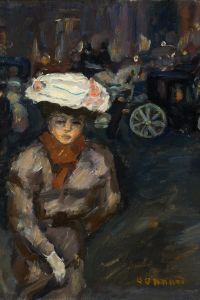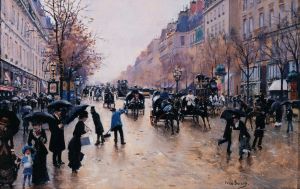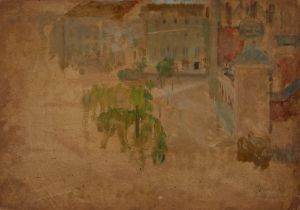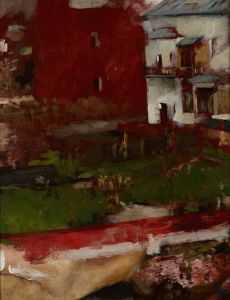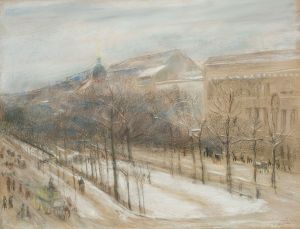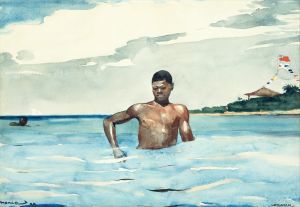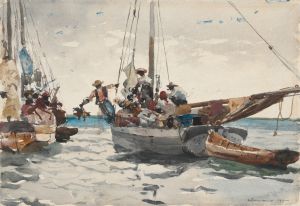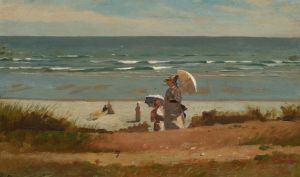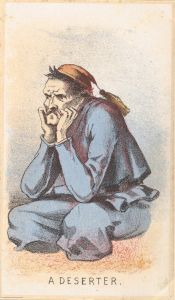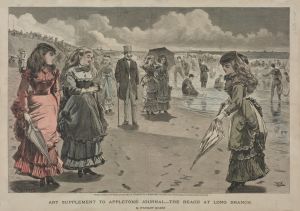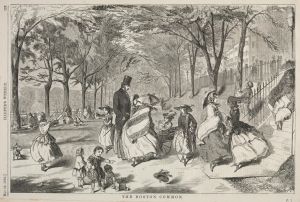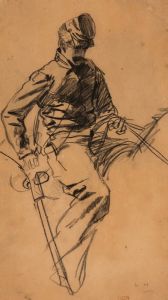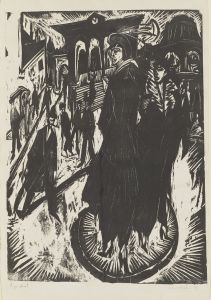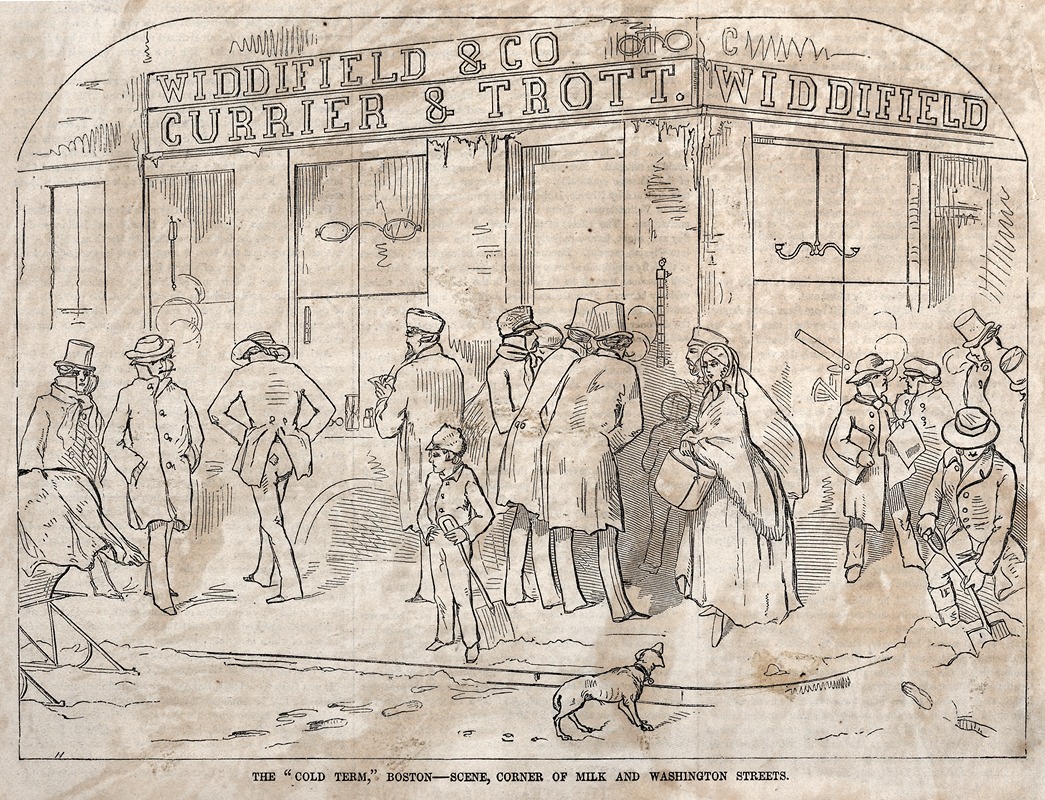
The ‘Cold Term,’ Boston – Scene, Corner Milk and Washington Streets
A hand-painted replica of Winslow Homer’s masterpiece The ‘Cold Term,’ Boston – Scene, Corner Milk and Washington Streets, meticulously crafted by professional artists to capture the true essence of the original. Each piece is created with museum-quality canvas and rare mineral pigments, carefully painted by experienced artists with delicate brushstrokes and rich, layered colors to perfectly recreate the texture of the original artwork. Unlike machine-printed reproductions, this hand-painted version brings the painting to life, infused with the artist’s emotions and skill in every stroke. Whether for personal collection or home decoration, it instantly elevates the artistic atmosphere of any space.
"The ‘Cold Term,’ Boston – Scene, Corner Milk and Washington Streets" is a painting by the renowned American artist Winslow Homer. Created in 1859, this work is an early example of Homer's career as an illustrator and painter. Winslow Homer (1836-1910) is celebrated for his contributions to American art, particularly his depictions of everyday life and landscapes.
This painting captures a bustling winter scene at the intersection of Milk and Washington Streets in Boston, Massachusetts. The artwork is notable for its detailed portrayal of urban life during the mid-19th century, reflecting the social and economic activities of the time. The scene is set during a cold term, indicating a period of particularly harsh winter weather, which is evident from the snow-covered streets and the bundled-up figures.
Homer's attention to detail is evident in the way he depicts the various elements of the scene. The painting shows a variety of people engaged in different activities, from pedestrians braving the cold to horse-drawn carriages navigating the snowy streets. The architecture of the buildings, the street lamps, and the signage all contribute to the authenticity and historical accuracy of the scene.
At this stage in his career, Homer was primarily working as an illustrator for publications such as Harper's Weekly. His work often involved creating images that accompanied articles and stories, providing visual context and enhancing the reader's experience. "The ‘Cold Term,’ Boston – Scene, Corner Milk and Washington Streets" is an excellent example of his ability to capture the essence of a moment and convey it through his art.
The painting also reflects Homer's skill in using light and shadow to create depth and atmosphere. The contrast between the bright snow and the darker tones of the buildings and figures helps to convey the cold, crisp air of a winter's day. This use of light and shadow would become a hallmark of Homer's later works, particularly in his seascapes and landscapes.
While "The ‘Cold Term,’ Boston – Scene, Corner Milk and Washington Streets" is not as widely known as some of Homer's later masterpieces, it remains an important piece in understanding his development as an artist. It provides insight into his early style and the themes that would continue to interest him throughout his career.
Today, Winslow Homer is regarded as one of the foremost American artists of the 19th century. His works are celebrated for their technical skill, emotional depth, and ability to capture the American experience. "The ‘Cold Term,’ Boston – Scene, Corner Milk and Washington Streets" is a valuable piece of his oeuvre, offering a glimpse into the everyday life of Boston during a bygone era and showcasing the early promise of a young artist who would go on to achieve great acclaim.





